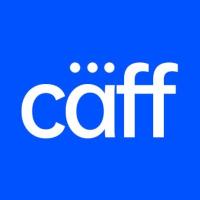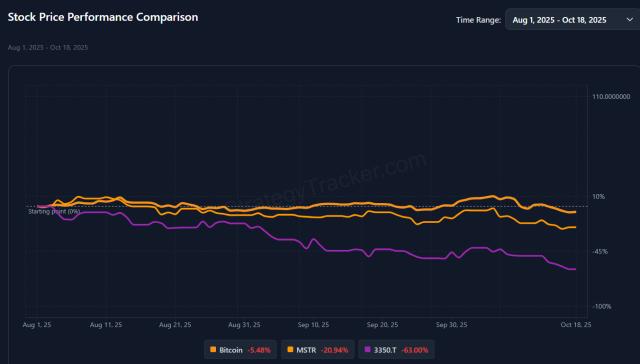Web3 Morning News is an official Web3Caff newsletter focused on the Web3.0 sector. It features a selection of important news, official updates, and excellent articles from the past 24 hours. It aims to help Web3.0 enthusiasts and builders quickly understand the latest industry trends. For more comprehensive and timely updates on the latest industry trends and exciting articles, please also follow us on Twitter.
Cover: Photo by Shubham Dhage on Unsplash
- Ethereum Fusaka upgrade is now live on the Sepolia testnet

- US indicts Chen Zhi, leader of Asia's largest transnational criminal organization

- New York City Mayor Eric Adams establishes the nation’s first mayoral-level Office of Digital Assets and Blockchain

- Japan to introduce new rules to ban cryptocurrency insider trading

- Stripe's stablecoin company Bridge applies for a US national bank trust license

- Tether will release a fully open source wallet development kit (WDK) this week.

- Stripe adds stablecoin subscription payment functionality

- Tria, a self-custodial digital bank, has secured $12 million in pre-seed and strategic funding.

- Stablecoin fintech company Crown completes $8.1 million seed round of financing , led by Framework Ventures

- Decentralized AI platform 4AI completes $6 million in strategic financing , with participation from 0xLabs and others

You may have missed some great articles
The widespread adoption of AI agents is moving from "semantic interaction" to "value execution." AP2 targets a core pain point: enabling AI to not only "speak" but also "pay." It defines the "agent payment layer" as a critical intermediary layer in the future AI business ecosystem. This research report, authored by Clare Yang of Web3Caff Research, systematically analyzes the AP2 protocol's core technology stack, architecture, and ecosystem implementation path, and conducts a four-fold verification analysis:
① Technical architecture: A three-tier authorization system combines zero-knowledge and MPC to build a trusted execution framework;
② Payment mechanism: Stablecoin liquidation and on-chain accounts work together to form an efficient capital circulation layer;
③ Application scenarios: covering personal financial management assistant, institutional settlement and DeFi automated execution;
④ Risk and Challenges: Focus on identity authentication, systemic security and compliance coordination mechanisms.
The report is accompanied by a key structure diagram and a schematic diagram of key mechanisms.
The promulgation of MiCA brings these innovative businesses under a unified regulatory framework for the first time. This change not only impacts the European market but also serves as a compliance benchmark for crypto-asset companies worldwide: going forward, all service providers involved in portfolio management, staking, and copy trading will be required to address regulatory challenges head-on. This article explores these challenges for you, so take a quick look.
Federal crypto legislation in the United States is advancing rapidly. In the past three months, President Trump signed the Guiding and Establishing a National Innovation Stablecoin Act (GENIUS Act), and the House of Representatives passed the landmark Digital Asset Market Clarity Act with overwhelming bipartisan support. This article details five targeted, proactive measures. Read on for a quick overview.
Disclaimer: As a blockchain information platform, the articles published on this site solely reflect the personal views of the authors and guests and do not represent the position of Web3Caff. The information within these articles is for reference only and does not constitute any investment advice or offer. Please comply with the relevant laws and regulations of your country or region.
Welcome to join the Web3Caff official community : X (Twitter) account | Web3Caff Research X (Twitter) account | WeChat reader group | WeChat public account








